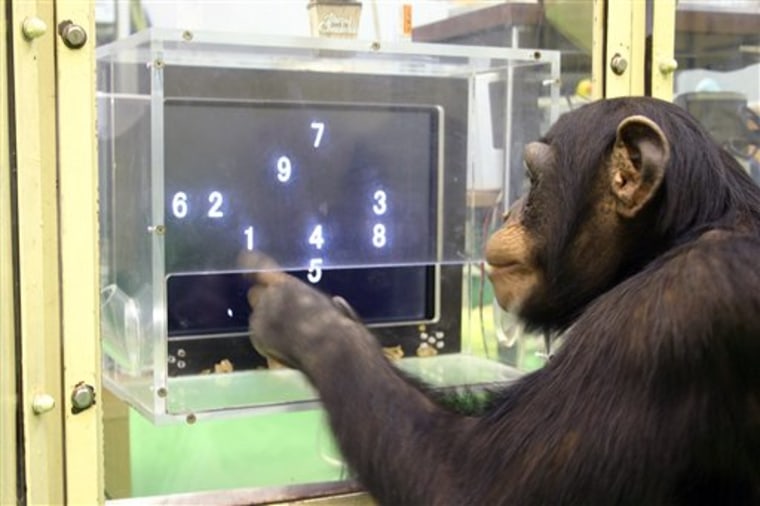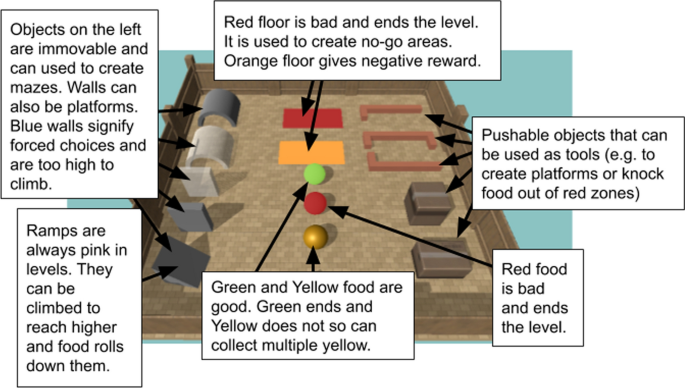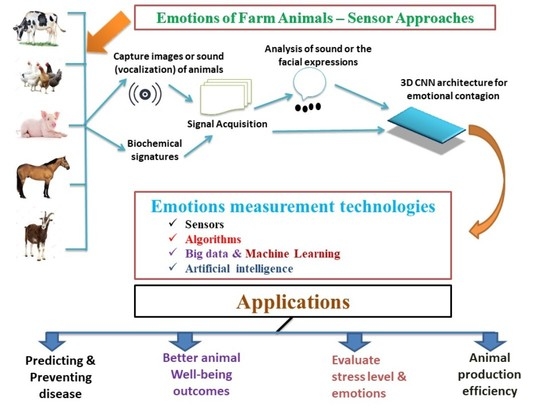However they did not use the map until they were motivated to do so by the reinforcement p. Identified Best and White 1999.

Animals Topical Collection Behavioural Methods To Study Cognitive Capacities Of Animals
12It is easier to train a dog to bark for food than to train it to stand on its hind legs for food.

. Held in the users brain it allows an animal to visualize a direct and efficient pathway between two points in the mapped area even if it hasnt previously used that pathway. In experimental conditions subjects are given a sheet of paper and are asked to draw a map of a certain location area or route between locations alternatively they might be asked to make a map using some. Desensitization and imitation are two factors that contribute to.
He thought that individuals acquire large numbers of cues ie. The concept was introduced by Edward Tolman in 1948. Is the rats cognitive map func-tionally equivalent to map-and-compass navigation in pigeons.
Your new behavior best illustrates the value of. Cognitive maps as an example of latent learning in rats Tolman coined the term cognitive map which is an internal representation or image of external environmental feature or landmark. _____ provides evidence that animals develop cognitive maps.
Signals from the environment and could use these to build a mental image of an environment i. Hence in order to fully understand and predict animal movement researchers must know the cognitive. When children have _____ models they imitate the helpful and positive behaviors.
Sketch maps have long been used as a method to capture cognitive map knowledge consisting of a drawing of how an individual understands the spatial relations of an area. While it is generally accepted that birds and mammals can form cognitive maps and that the hippocampus is the most important part of the brain in their formation considerable controversy has centered around whether other animals such as honeybees can form similar maps. The term was first coined by a psychologist named Edward Tolman in the 1940s.
Some psychologists propose that the best they can do with the current under-. A cognitive map involves a mental map-like representation of the environment. And Harten et al.
Used GPS trackers to record flight trajectories of Egyptian fruit bats and provide evidence that these animals indeed use cognitive map representations. The best evidence that animals develop cognitive maps comes from studies of. Reported related evidence that animals develop a representational map.
It is only recently therefore that the parallels between the cognitive map of the laboratory rat and map-and-compass navigation in the pigeon have been openly discussed Bingman 1990. According to observational learning theory when children have _____ models they imitate the negative behaviors they see around them. A cognitive map is an internal representation of the landscape.
This best illustrates the importance of ________ in learning. The best evidence that animals develop cognitive maps comes from studies of A shaping. Toledo et al.
Another set of critters that have been studied in depth for navigation are insects -. A cognitive map in the loose sense is a mental representation that represents geometric aspects of the environment. On this usage it is tautologous that animals capable of navigation have cognitive maps.
33 An animal with a cognitive map should be able to assess landmarks and compass information. First published Mon Mar 8 2021. This is because in the wild certain cognitive abilities such as spatial mapping are more likely developed to their full extent due to a particularly high variety of social and sensory input and large-scale movement abilities while other abilities such as causal understanding may be more developed in captive animals that have more free time on their hands.
The concept was used to explain the behavior of rats that appeared to learn. Finally some animals may use a cognitive map to navigate. 11Animals most readily learn the specific associations that promote A taste aversion.
Cognitive maps can help us. A cognitive map in the trivial sense is whatever mental or neural mechanism enables an animal to navigate. Humans are aware of their use of cognitive maps and there is good evidence that the mapping function.
Nonetheless Kosslyn and Rosenberg conclude that the results of the latent learning studies led Tolman to reason that unreinforced rats in their wanderings around the maze had developed a cognitive map of the maze storing information about its spatial layout. A cognitive map is a mental picture or image of the layout of ones physical environment. A cognitive map is a type of mental representation which serves an individual to acquire code store recall and decode information about the relative locations and attributes of phenomena in their everyday or metaphorical spatial environment.
Cognition defined as the processes concerned with the acquisition retention and use of information underlies animals abilities to navigate their local surroundings embark on long-distance seasonal migrations and socially learn information relevant to movement. Philosophical attention to animals can be found in a wide range of texts throughout the history of philosophy including discussions of animal classification in Aristotle and Ibn Bâjja of animal rationality in Porphyry Chrysippus Aquinas and Kant of mental continuity and the nature of the. It seems unlikely that rats would be the only animals to toss aside the cognitive map.
A cognitive map involves a mental map-like representation. B survival.

What Were They Thinking Studies Reveal Animal Intellect

Animal Cognition Research Offers Outreach Opportunity Pnas

Building Thinking Machines By Solving Animal Cognition Tasks Springerlink

Do Animals Have Feelings The Atlantic

Sensors Free Full Text Measuring Farm Animal Emotions Sensor Based Approaches Html

Animals Topical Collection Behavioural Methods To Study Cognitive Capacities Of Animals


0 comments
Post a Comment